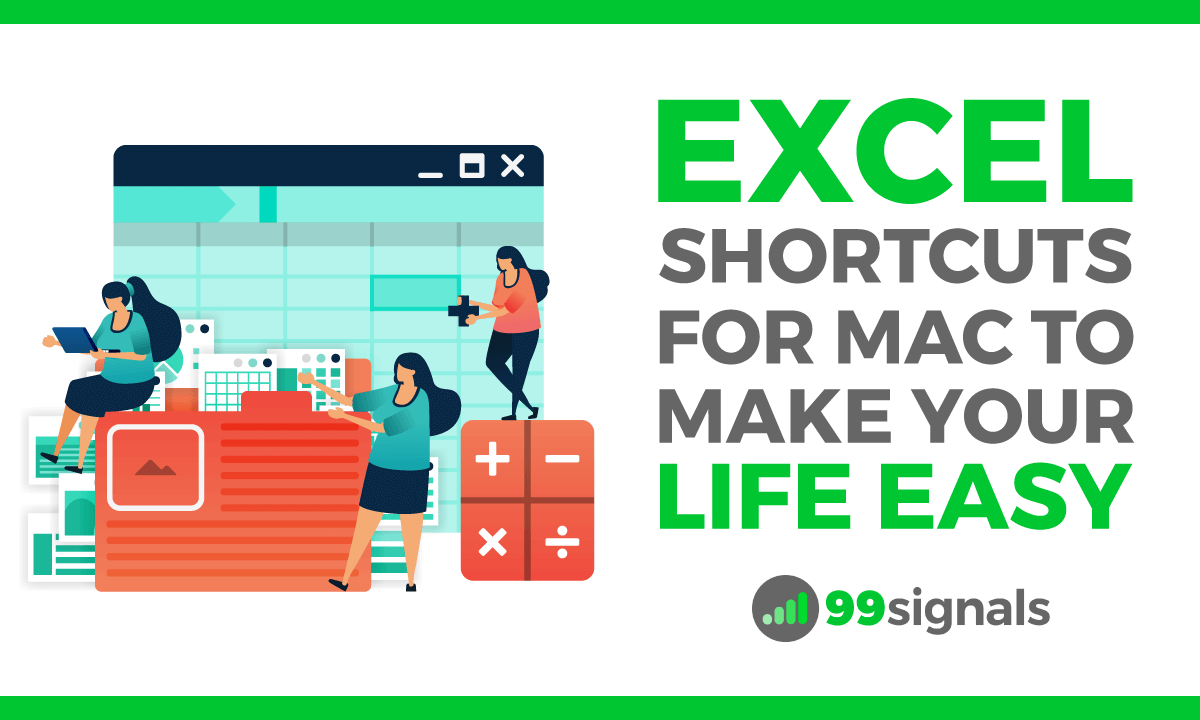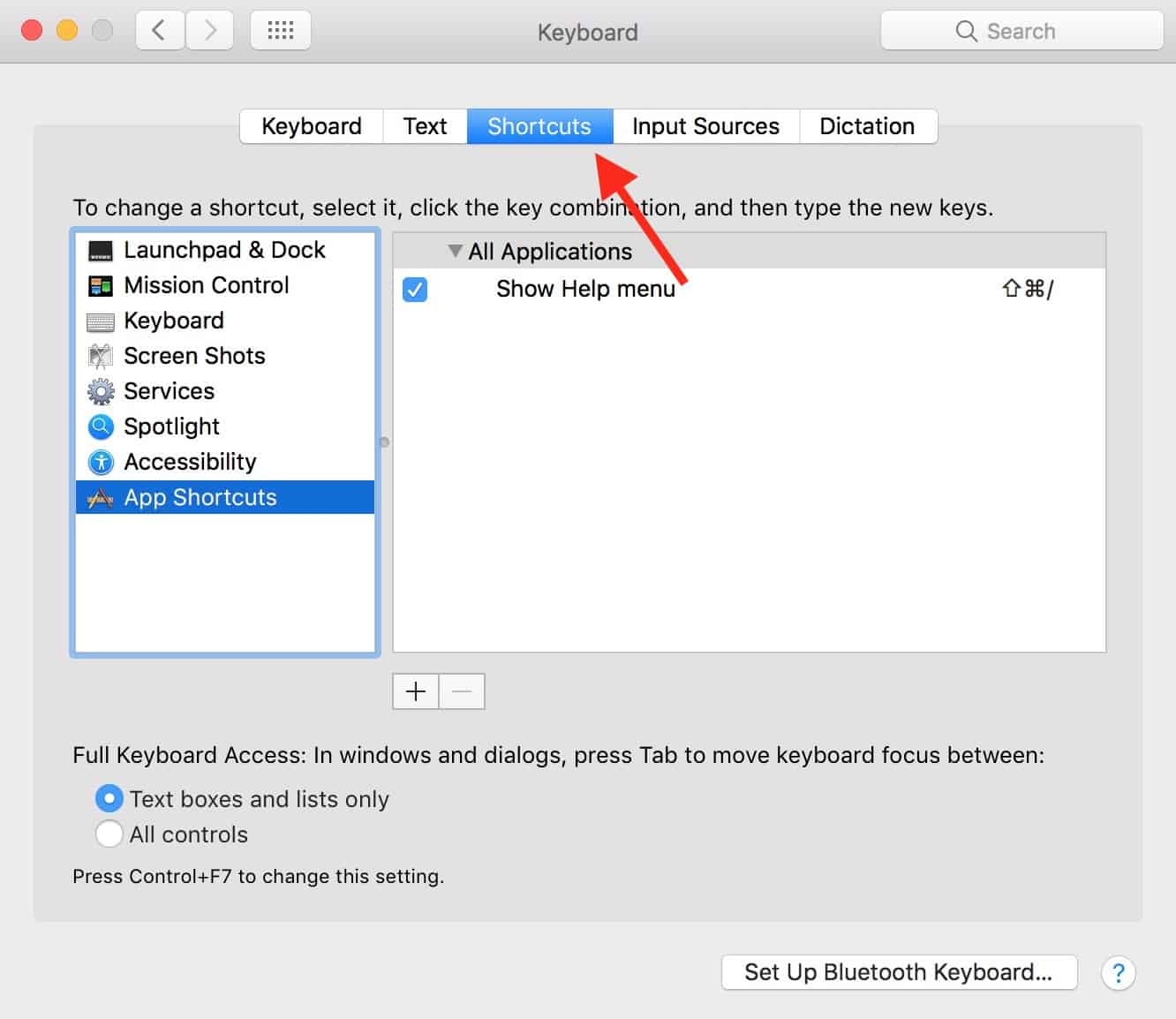

Just like your old Mac Aliases, you can now get to your regularly used files and applications quickly and easily with Shortcuts.People use Google Drive for hosting files to keep backups or share them with others. When you do this, there is no risk of deleting the original item. If you no longer want a particular shortcut, you can delete it by right clicking on it, then clicking Delete in the menu that appears. This is an alternative to having the shortcut on your desktop. The shortcut will then always be available as one of your favorites, so you can access it from the left hand pane of any open window. If you are making a shortcut to a folder, you can also drag the shortcut to the favorites section of the left hand pane of your open window. Now drag the shortcut to the location you want. The shortcut is identified by the arrow within the icon.

You will then see the shortcut in the same window as the original item.

Right click on the file or program, and click Create Shortcut. First, navigate to the location of the file or program that you want as the subject of your shortcut. The first is a file shortcut, and the second is a program shortcut.Ĭreating a shortcut is very easy. Note that in all cases, a shortcut is identified by the arrow symbol within the icon. The image below shows how a shortcuts look for a program, folder and file respectively. This guide will get you started with managing shortcuts on your PC. Windows makes extensive use of shortcuts, which work in the same way as the OS X aliases, to give the user quick access to specific files or programs directly from the Windows desktop or from the navigation pane of a window. But how about when you transition to a Windows PC? As a Mac user, you will probably be familiar with creating Aliases to quickly access frequently used files and programs.


 0 kommentar(er)
0 kommentar(er)
